Meet the clickbait craftmakers
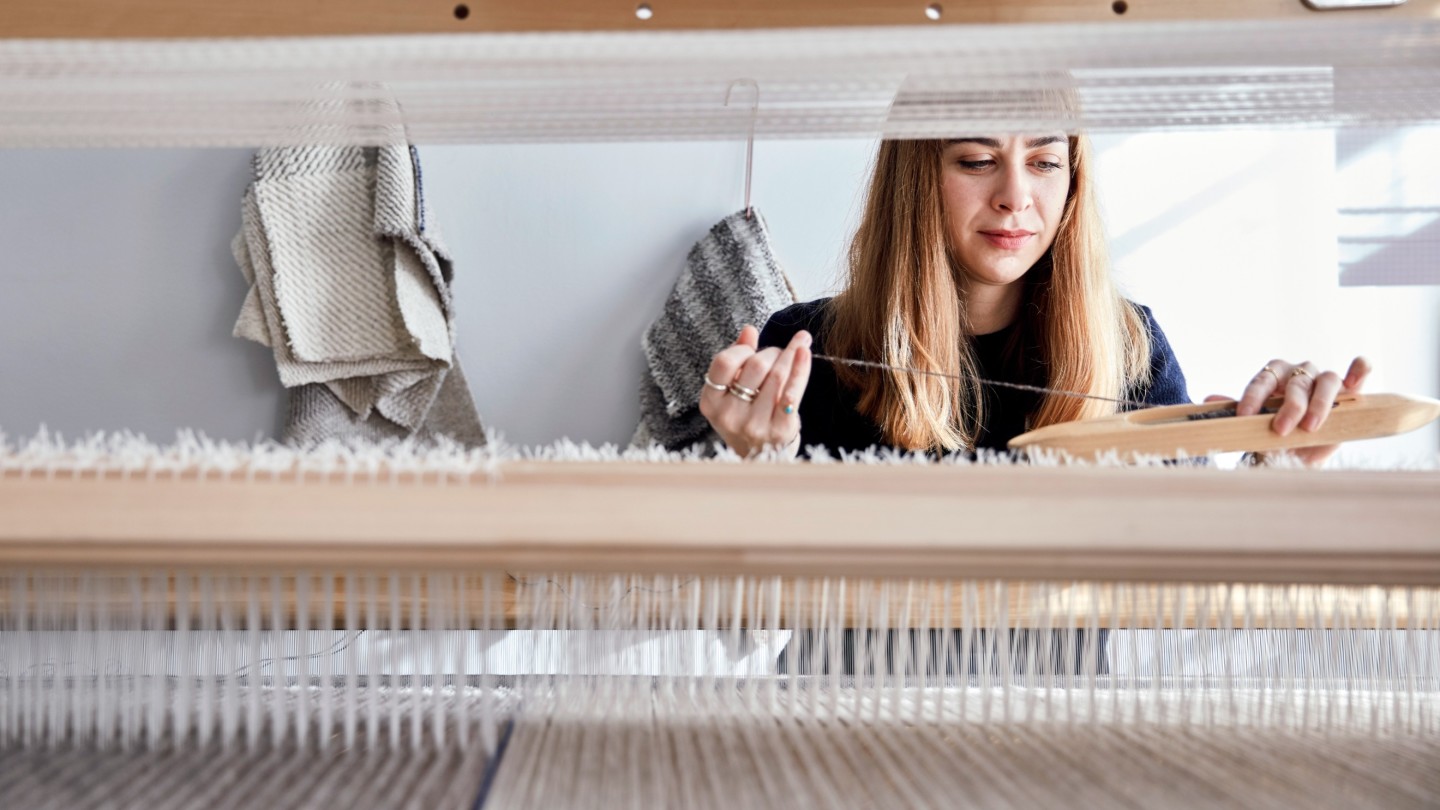
Roula Khalaf, Editor of the FT, selects her favourite stories in this weekly newsletter.
There’s been a paradigm shift in the world of craft. A reappreciation of all things handmade has been steadily growing in recent years, but what has changed, according to a Crafts Council report, is who is buying them. Today, the largest consumers of craft are millennials and Gen-Zers. In 2019, almost 25 million handcrafted objects were bought by British consumers – and 32 per cent of those were purchased by under-35s.
“This figure has doubled since our research report in 2006,” says Rosy Greenlees, executive director of the Crafts Council, citing a search for authenticity and objects that reflect one’s personality as reasons for the shift. “I think people are looking for things that are meaningful and, particularly for a younger generation, there’s a real concern around sustainability.”
This modern craving for objects revealing the human handprint is often seen as a response to our technology-laden lives. Yet for most new-gen makers, digital platforms are key to their success. When they’re not throwing pots, carving spoons or weaving blankets, they’re probably on Instagram. Here are six makers to follow.
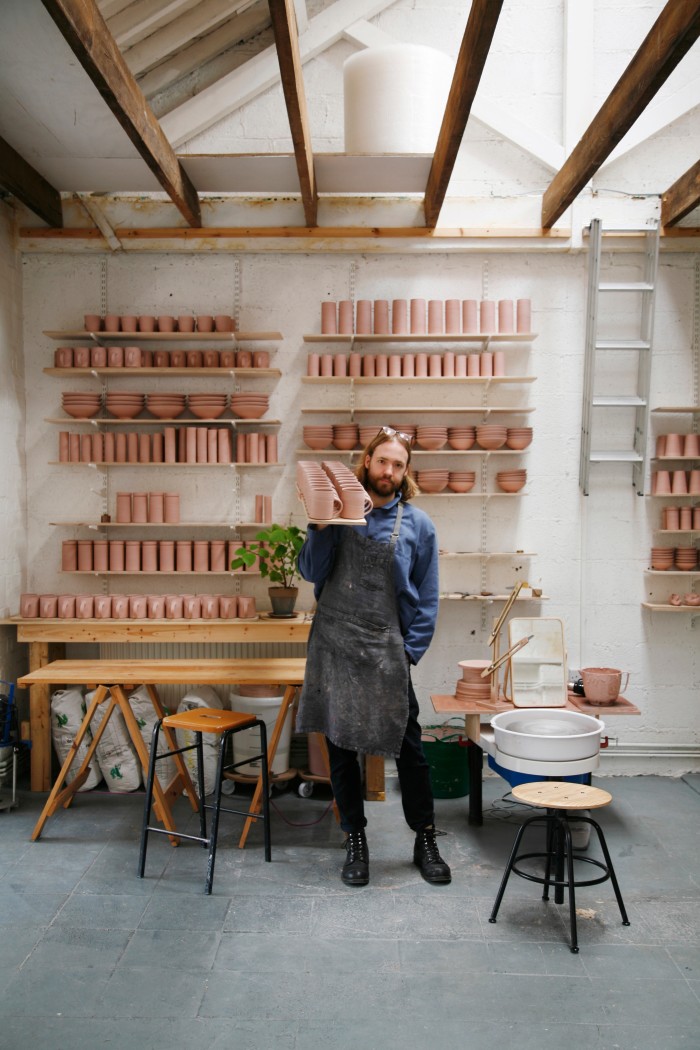
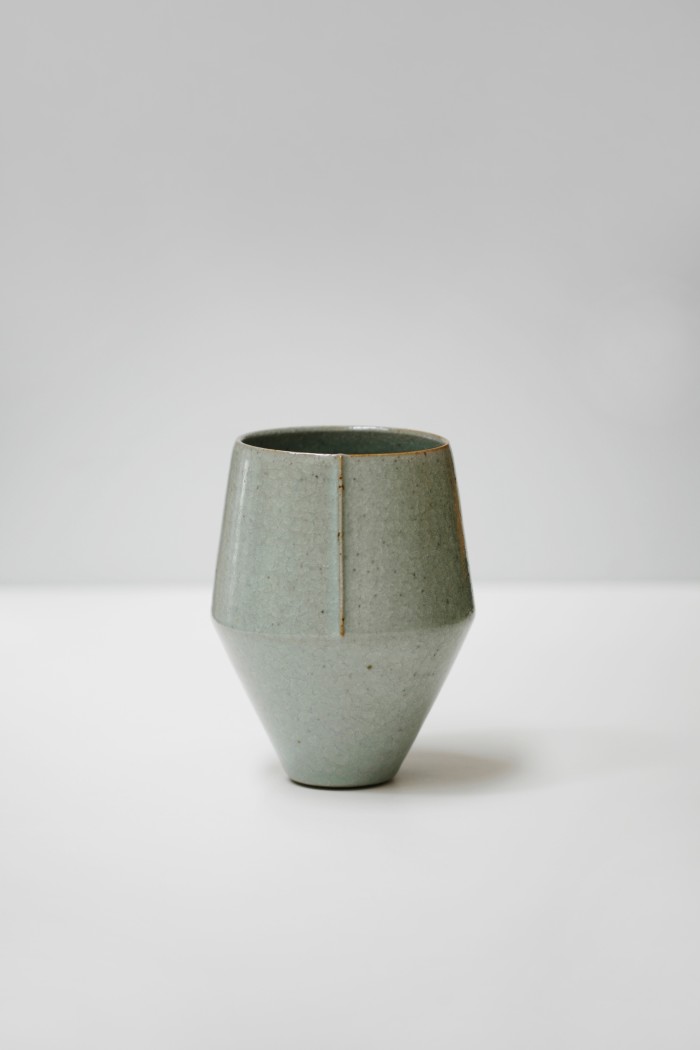
Florian Gadsby
Scroll to Florian Gadsby’s online shop and chances are that all of his beautifully simple, crackle-glaze mugs, bowls and bud vases will be marked “sold out”. The London ceramicist – who learnt his trade at Greenwich’s Maze Hill Pottery and alongside Ken Matsuzaki in Mashiko, Japan – sells his one-off, handmade vessels in timed, announced updates. But blink and you’ll miss them. “They sell out in 10 minutes or less. It’s freaky. I could probably sell 100 times over what my shop updates,” says Gadsby, whose 297,000 Instagram following translates into global sales. “A lot of people get frustrated when they miss out, but I don’t want to have lists of pre-orders to make – 400 mugs, 300 bowls. The way I work at the moment means I can make whatever I feel like.” @floriangadsby. floriangadsby.com
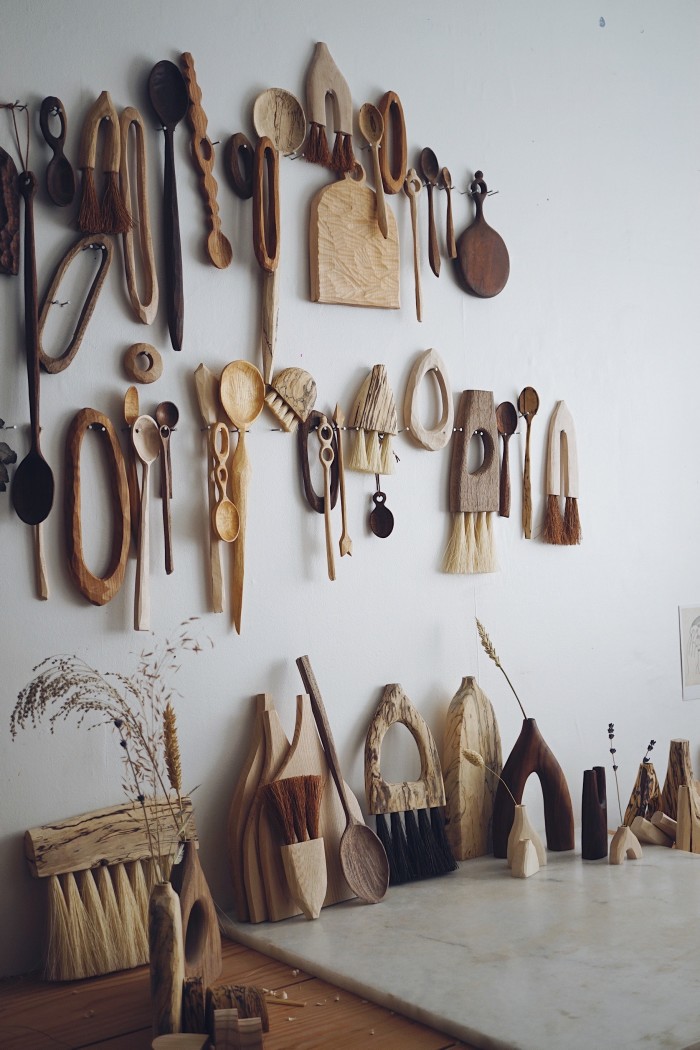
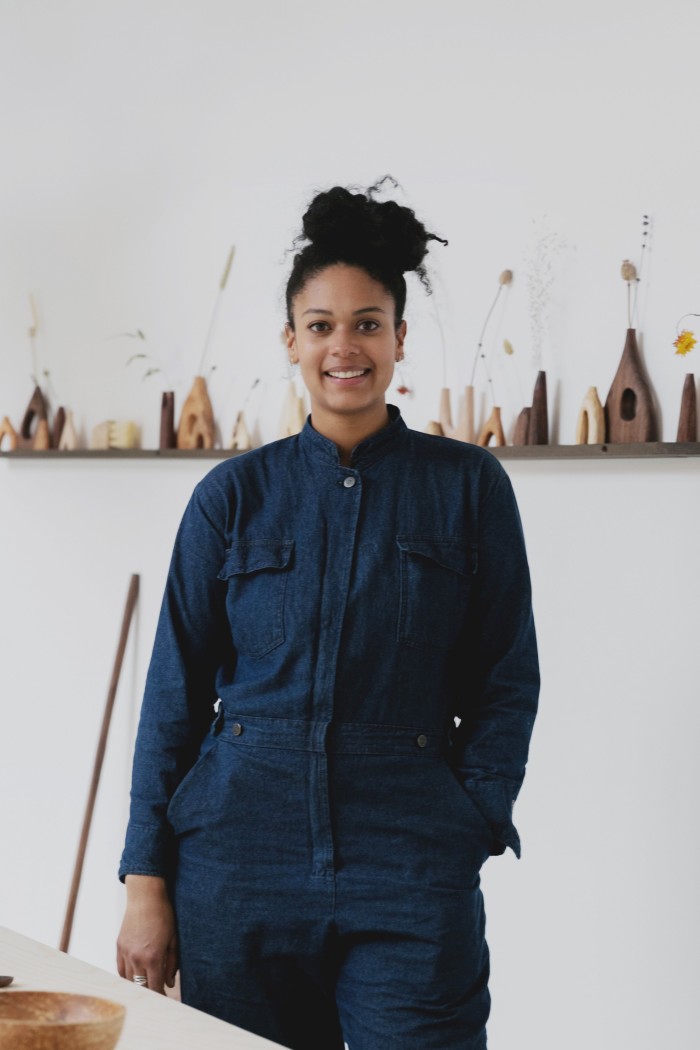
Grain & Knot
“People love touching my items,” says Sophie Sellu, who was spurred into starting her business after being made redundant – twice in two years. The trained interior designer took to carving wood after relishing a spoon-making workshop. “We are constantly surrounded by screens and having something tactile that someone has made with their hands is really important.” Like Gadsby (who is a friend), Sellu sells her work – from spoons to table brushes to sinuous vessels, all in reclaimed wood – in monthly batches. “My last one sold out in 12 minutes,” she says, adding that she will also take on a number of commissions. “I don’t do many. And I have a six-to-eight-week waiting list.” @grainandknot. grainandknot.com
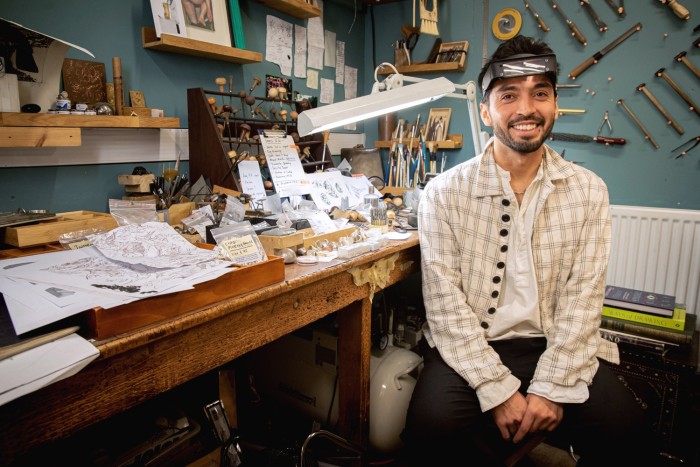
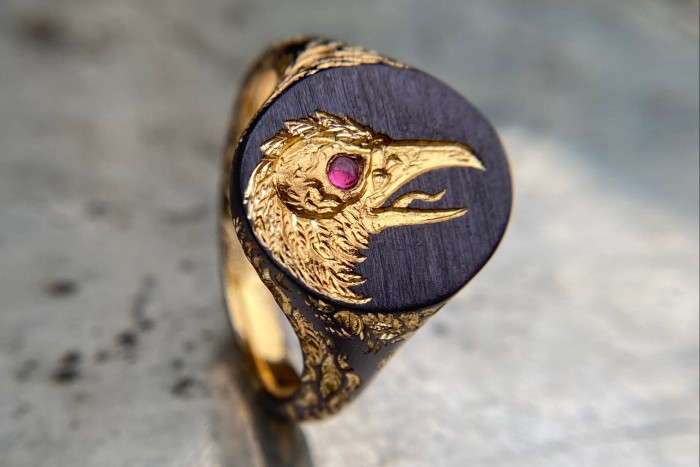
Castro Smith
The jewellery of Castro Smith sits in both the realm of craft and the world of fashion. His designs can be found in the Crafts Council’s permanent collection (alongside the likes of Grayson Perry) and in Dover Street Market boutiques. Many of his pieces, however, are made to bespoke order using the ancient technique of “seal engraving”. From his studio at the Sarabande Foundation, established by Alexander McQueen, signet rings are intricately engraved with serpents, skulls, ships and octopi, “inspired by history, myths and biology”. @castrosmith. castrosmith.com
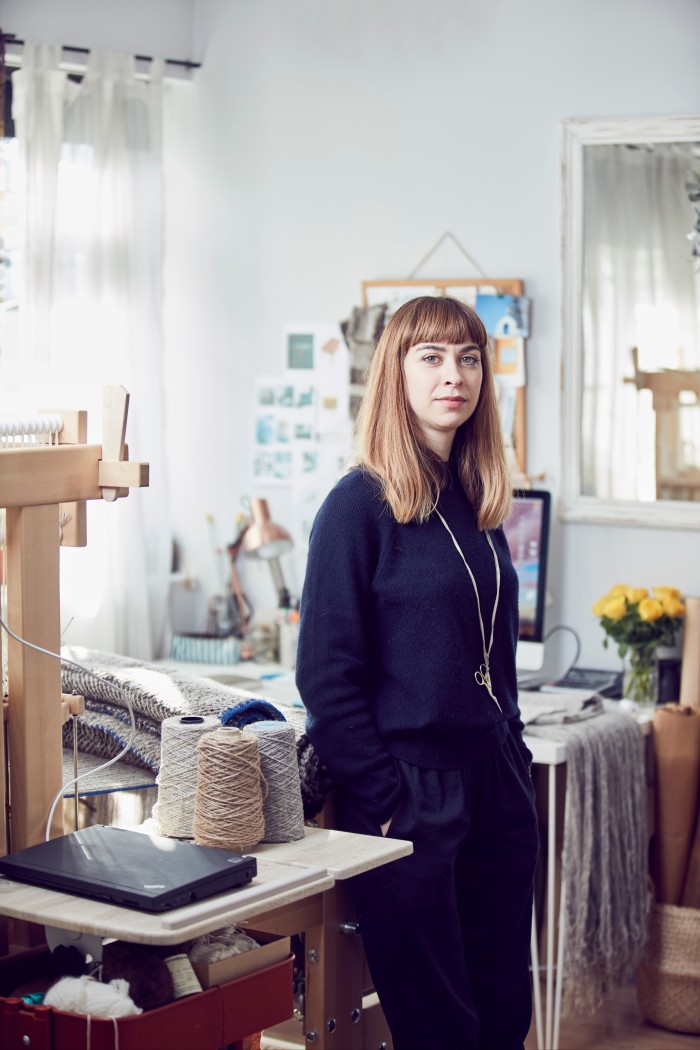
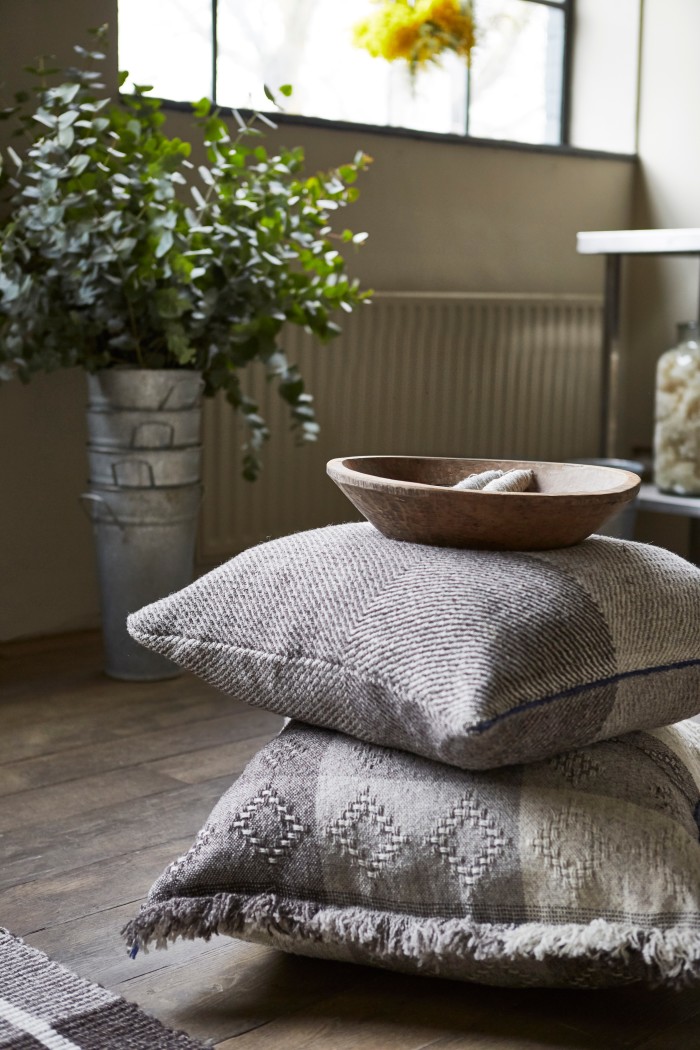
Maria Sigma
If ceramics come out top in the hipster craft stakes, weaving is not far behind. But Maria Sigma’s zero-waste, handwoven textiles inspired by her Greek heritage and the British landscape have a timeless elegance. Blankets, cushions and wall hangings make use of a neutral, natural palette of undyed British wool, with subtly coloured accents hand-dyed. “Craft calms down our high-speed society,” says Sigma, whose popular weaving and dying workshops are currently on hold, with plans to resume in September. “In a way, craft is a tool to connect the heritage of the past with our present.” @mariasigma_woventextiles. mariasigma.com
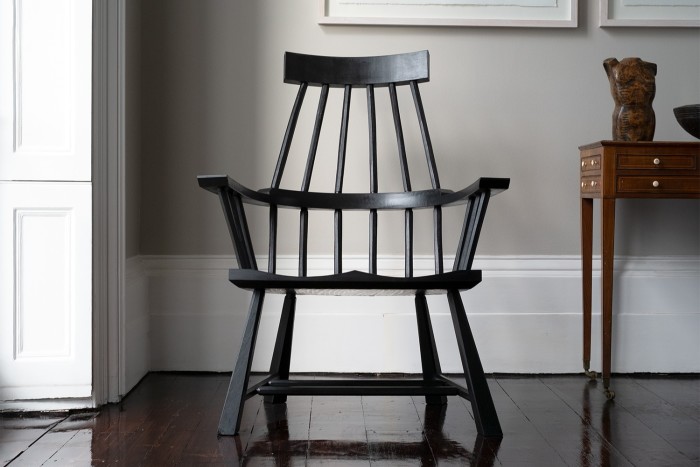
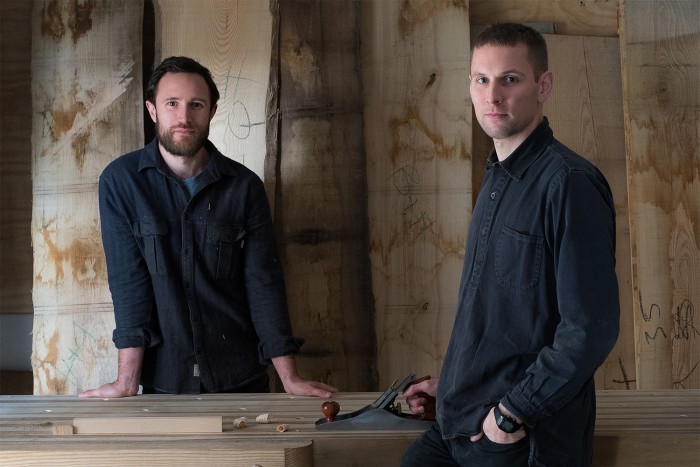
Bibbings & Hensby
Using green English ash felled from woodlands around London, Jack Bibbings and Matthew Hensby create furniture that is largely hand-carved. “Our most popular pieces are those showing signs of the handmade, the marks from our chosen tools,” says Hensby of their textured spindle-back chairs (£1,200) and three-seater settees (£2,700) – each given a contemporary finish with a slick of black milk paint. Their latest design taps into a younger audience. “It’s a milking stool (£125). It has a similar style and geometry to our chairs, but is 10 times cheaper. It’s sold better than we could have imagined.” @bibbings_hensby_furniture. bibbings-hensby.co.uk
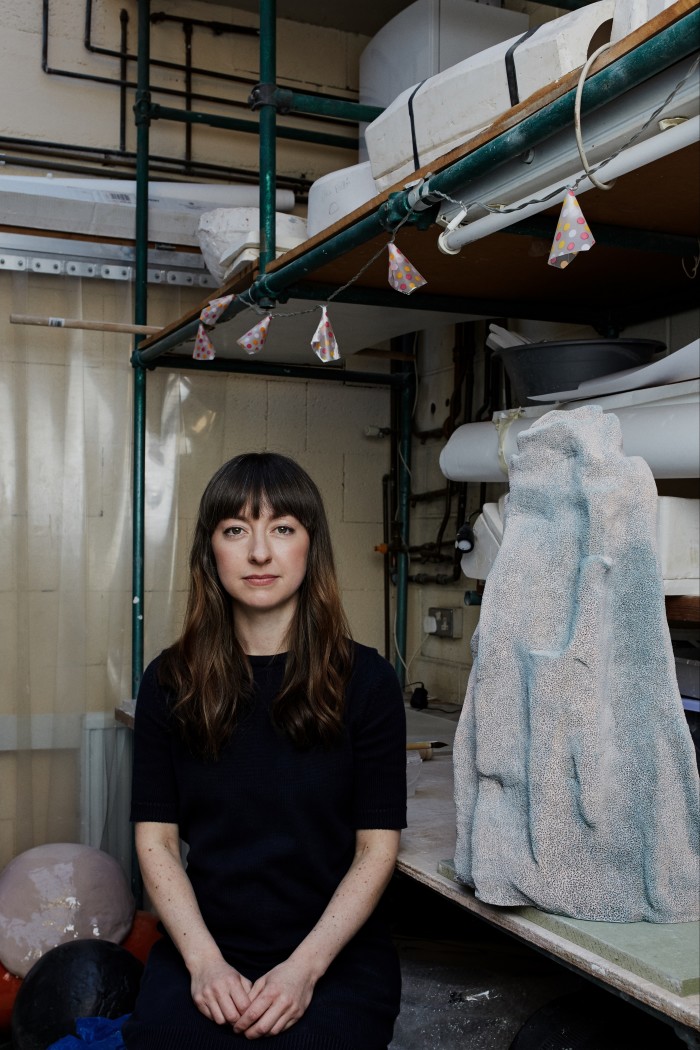
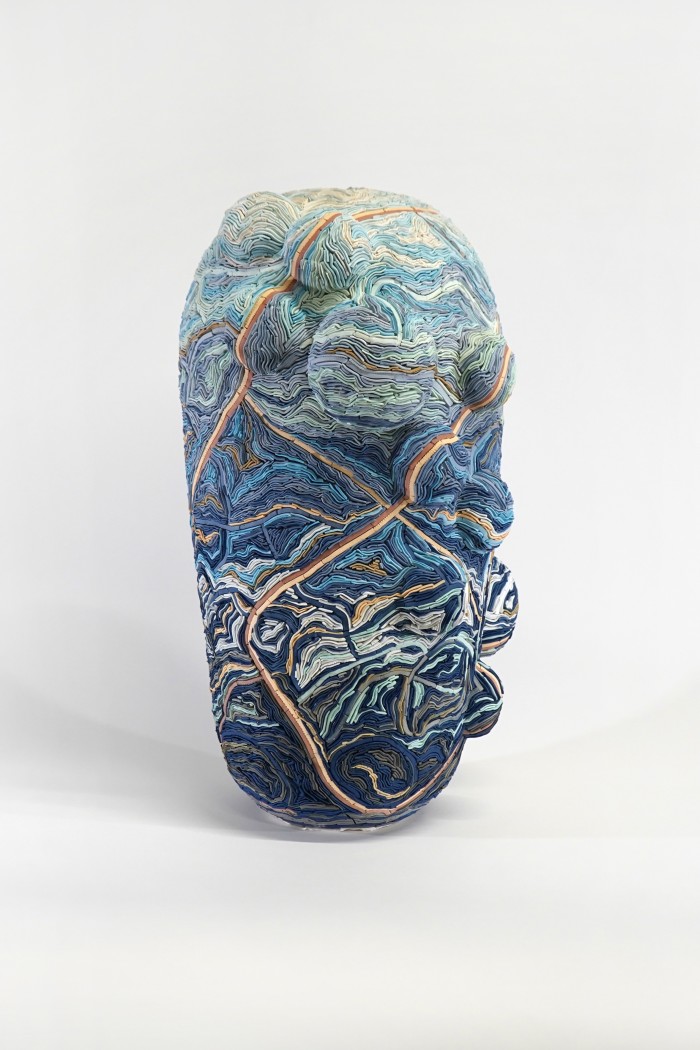
Alice Walton
“I wanted my sculptures to be taken seriously within the art world,” says ceramicist Alice Walton, whose multilayered, multicoloured porcelain forms have been shown at the V&A and Hauser & Wirth. “The people who buy my work are really varied – gallerists and big collectors, but also people who want to buy nice objects for their home,” says Walton, who has started doing online workshops. “Next, I would like to challenge myself to make a large modular sculpture – a floor-standing structure that would stack to elevate the grandeur of the object.” @alicewaltonceramics. alicewaltonceramics.co.uk
Comments